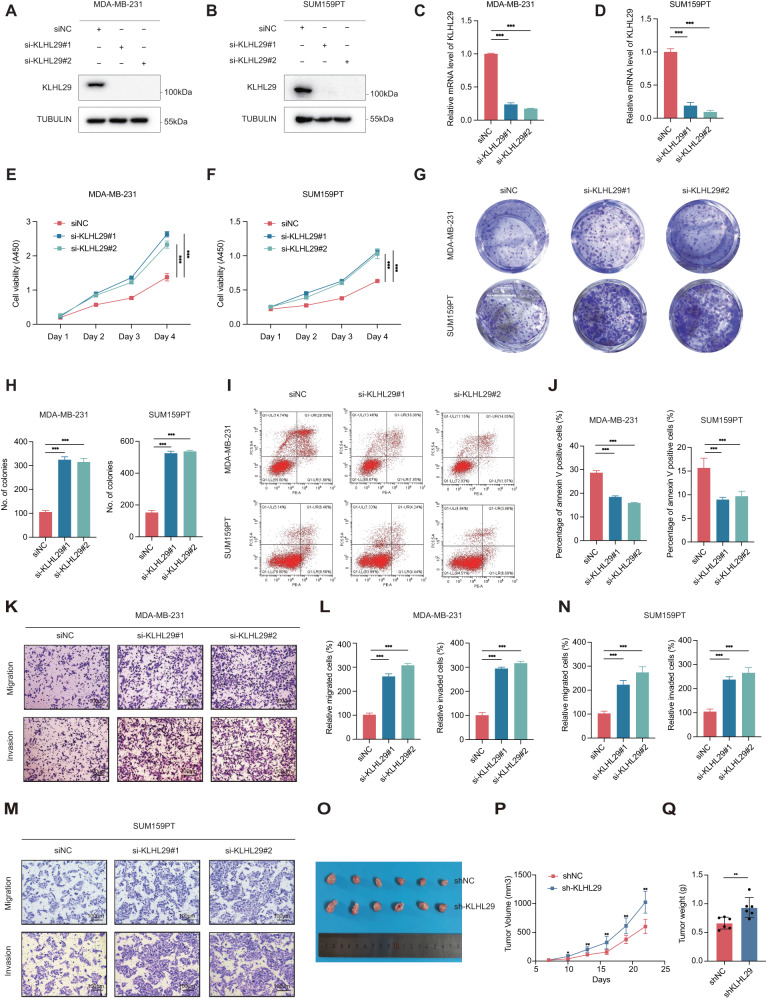Fig. 3. KLHL29 deficiency promotes TNBC proliferation, migration, and invasion.
A, B KLHL29 expression was confirmed in MDA-MB-231 (A) and SUM159PT (B) cells transfected with two independent siRNAs targeting KLHL29 by western blotting analysis. C, D KLHL29 expression was confirmed in MDA-MB-231 (C) and SUM159PT (D) cells transfected with two independent siRNAs targeting KLHL29 by RT-qPCR analysis. E, F Ablation of KLHL29 promotes cell proliferation of MDA-MB-231 (E) and SUM159PT (F) cells by cell viability assays using the Cell Counting Kit-8. G, H Ablation of KLHL29 enhances colony-forming ability of MDA-MB-231 and SUM159PT cells by colony formation assays. Representative images of the colonies (G) and corresponding quantitative results (H) are shown. I, J Ablation of KLHL29 inhibits cell apoptosis of MDA-MB-231 and SUM159PT cells by flow cytometry analysis. Representative images of cell apoptosis (I), and percentage of annexin V positive cells (J) are shown. K–N Ablation of KLHL29 promotes cell migration and invasion of MDA-MB-231 and SUM159PT cells by cell migration and invasion assays using transwell chambers coated without and with Matrigel, respectively. Representative images of migrated and invaded cells (K and M), and corresponding quantitative results (L and N) are shown. O–Q Ablation of KLHL29 promotes the growth of MDA-MB-231 cell-derived xenograft tumors. MDA-MB-231 cells stably expressing shNC and shKLHL29 were injected orthotopically into mammary fat pad of NOD/SCID female nude mice (n = 6 mice per group). Representative tumor images (O), tumor growth rate (P), and tumor weight (Q) are shown. **p < 0.01; ***p < 0.001 by two-tailed Student’s t test or two-way ANOVA test.

